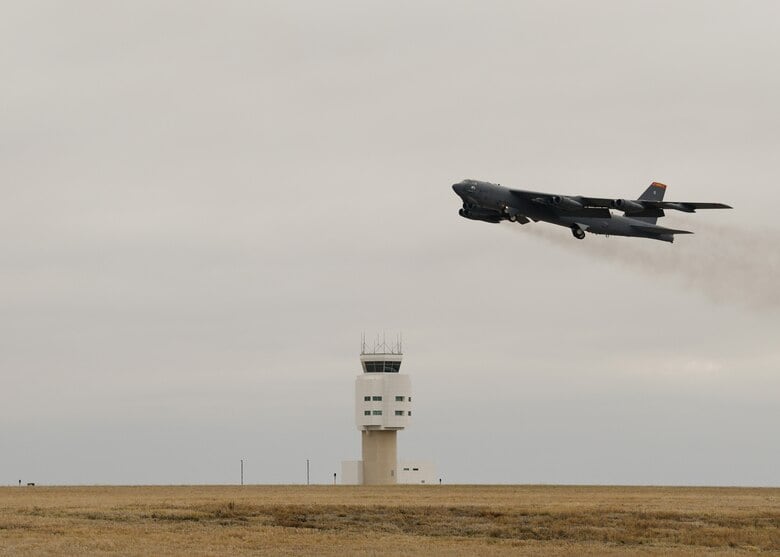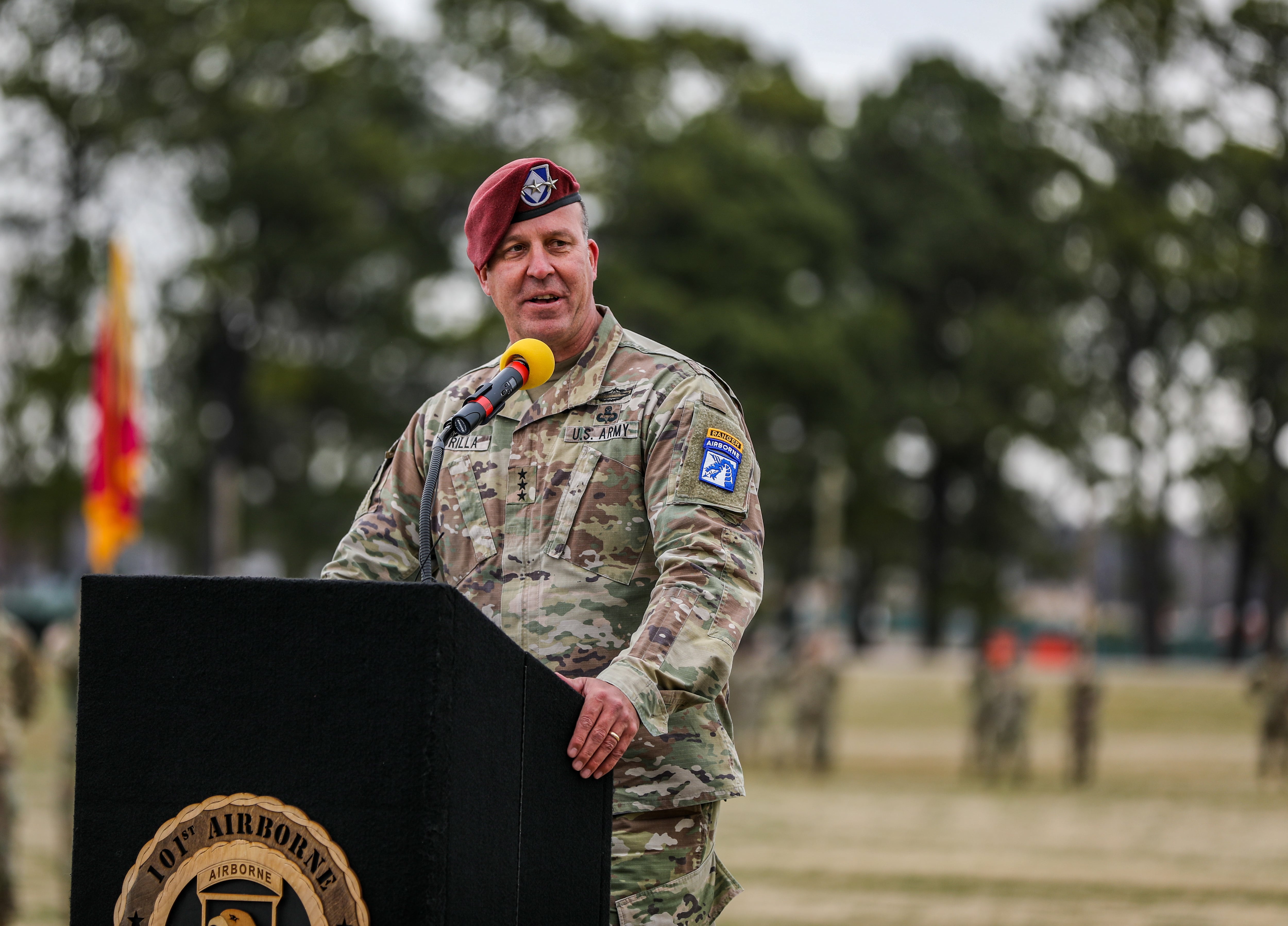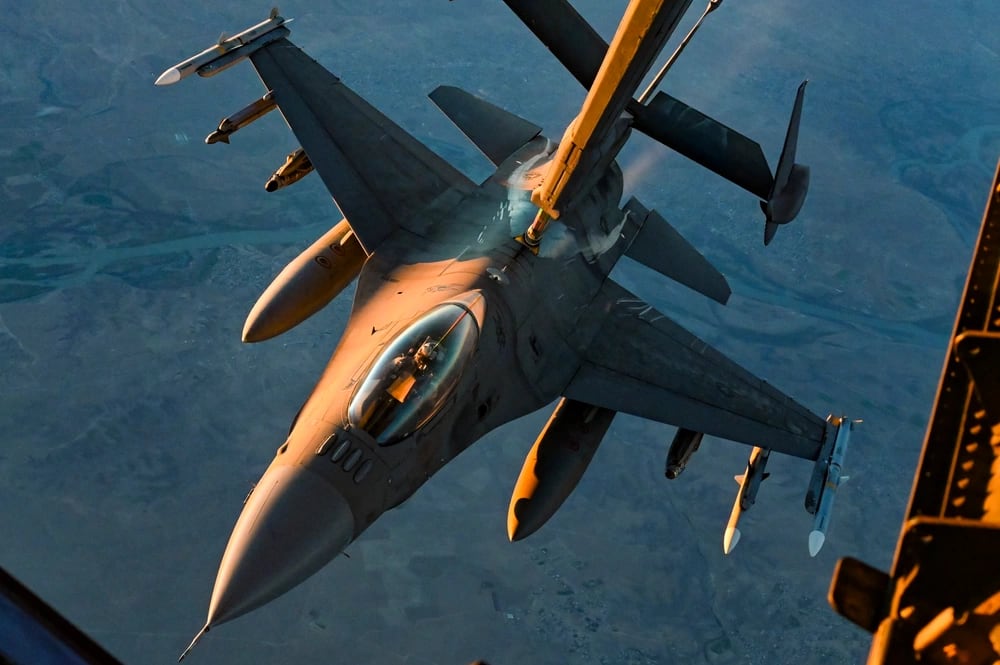The Air Force will end 2022 without releasing any public data on the scope of air operations conducted in the Middle East this year.
The decision limits the transparency of American troops’ continued involvement in Iraq and Syria, amid dwindling public interest and shrinking military resources in the region.
“At this time, [Air Forces Central Command] is not releasing data specifying sortie type or weapons release,” spokesperson Capt. Kayshel Trudell said Tuesday.
RELATED

Trudell declined to answer why AFCENT has again stopped publishing that information. She referred further questions to U.S. Central Command, which did not respond to a request for comment.
Since 2012, AFCENT — which provides Air Force aircraft and personnel to the broader combat effort in the Middle East — has published monthly tallies of airstrike and surveillance flights, munitions dropped, jet fuel used and other metrics to measure the U.S.-led wars in Afghanistan, Iraq and Syria.
The updates went on hiatus from March 2020 to December 2021, when the Air Force belatedly posted nearly two years’ worth of missing air war statistics. The military had said it was withholding the monthly updates amid peace talks with the Taliban.
U.S. troops fully withdrew from Afghanistan in August 2021; around 2,500 American service members remain in Iraq and about 900 are in Syria.
RELATED

As of Dec. 31, 2021, the military reported it had flown nearly 2,600 sorties with manned strike aircraft, including at least 372 airstrikes, in Afghanistan that year. The U.S. and coalition forces fired about 800 weapons from their manned aircraft and drones between January and August 2021.
In Iraq and Syria, U.S. and coalition air forces flew almost 7,500 manned aircraft sorties, including at least 128 manned airstrikes. Manned and unmanned aircraft dropped about 570 weapons in 2021, ranging from a barrage of 362 munitions that March to just one in October.
Last year also marked the first time in at least six years that the number of airstrikes against the Islamic State had fallen into the single digits. In comparison, the volume of U.S.-led strikes in Afghanistan ranged from 18 to 153 per month ahead of the withdrawal.
Intelligence missions against the Islamic State have remained relatively stable in the past few years, but ticked up to nearly 14,000 sorties in 2021 — the second-highest level since 2017.
RELATED

Now the public must rely on CENTCOM press releases for an incomplete picture of air operations abroad.
For instance, U.S. troops have conducted at least 10 raids to detain or kill Islamic State militants in December. The past year has seen Air Force fighter jets intercept Russian aircraft near U.S. airspace in Syria, continued bomber patrols across the region and ongoing tanker and cargo missions, among other pieces of a broader air picture.
“The United States remains committed to countering the global threat from ISIS in partnership with local forces,” the command said Dec. 11.
Rachel Cohen is the editor of Air Force Times. She joined the publication as its senior reporter in March 2021. Her work has appeared in the Washington Post, the Frederick News-Post (Md.), Air and Space Forces Magazine, Inside Defense, Inside Health Policy and elsewhere.









